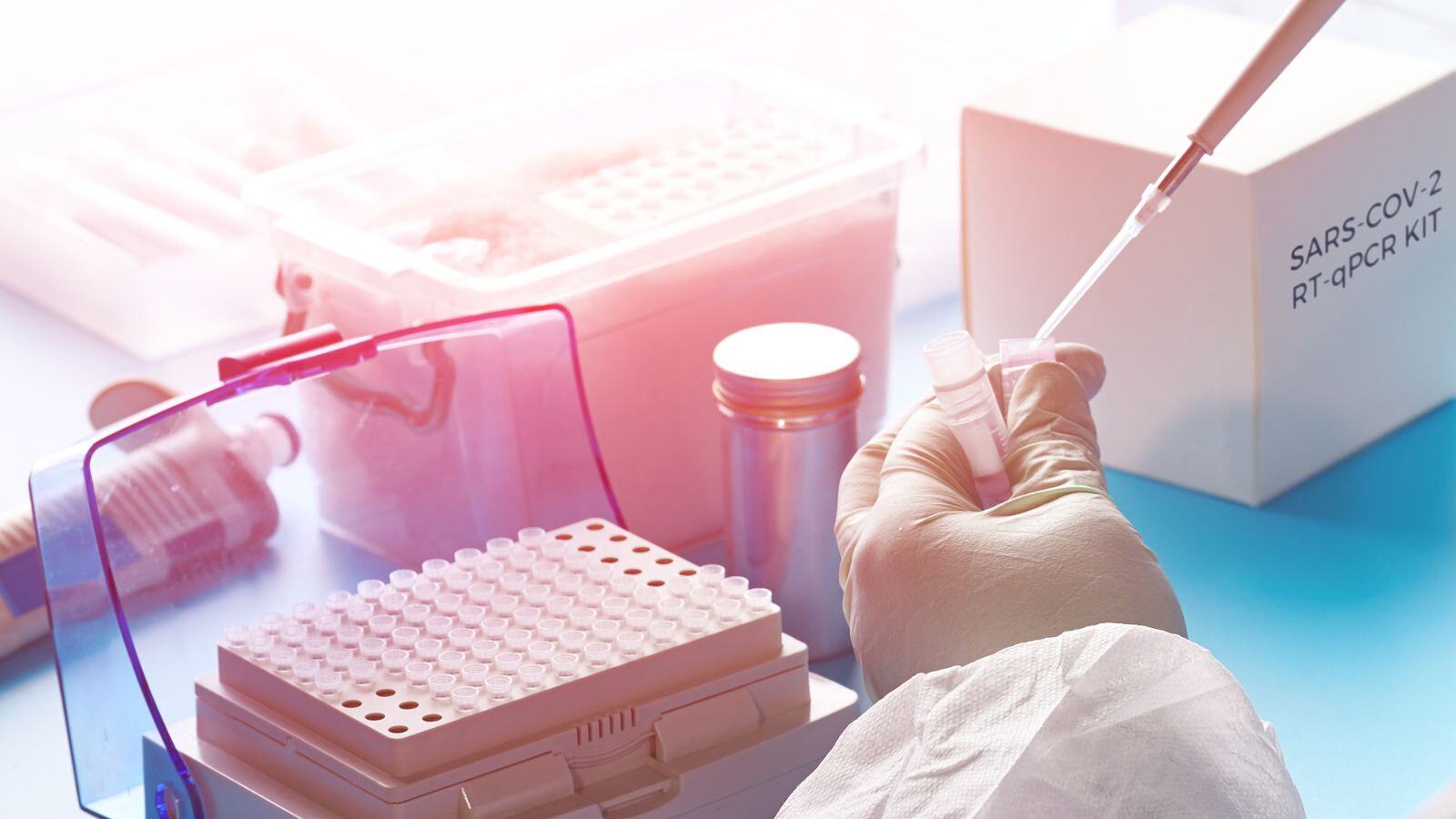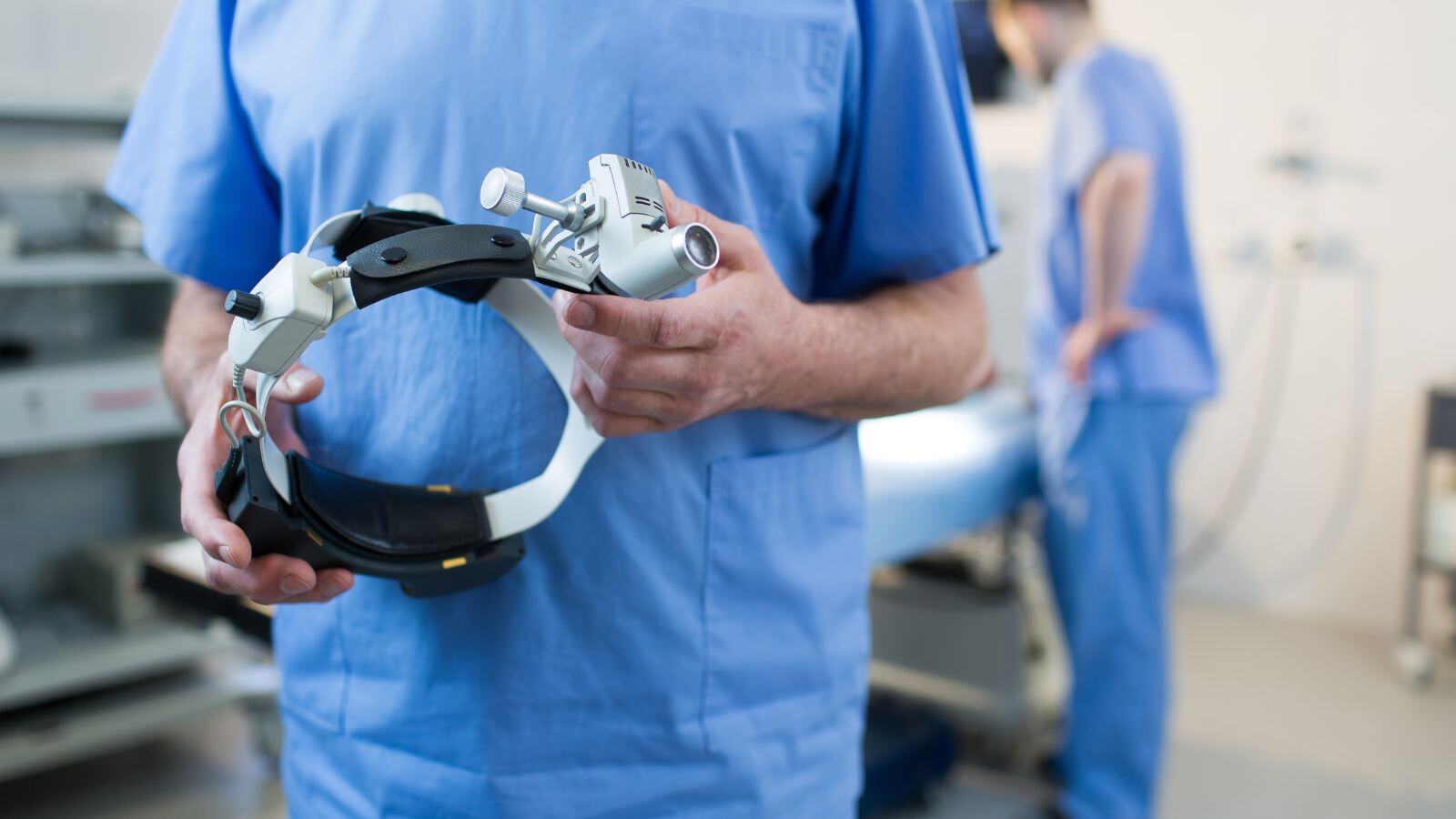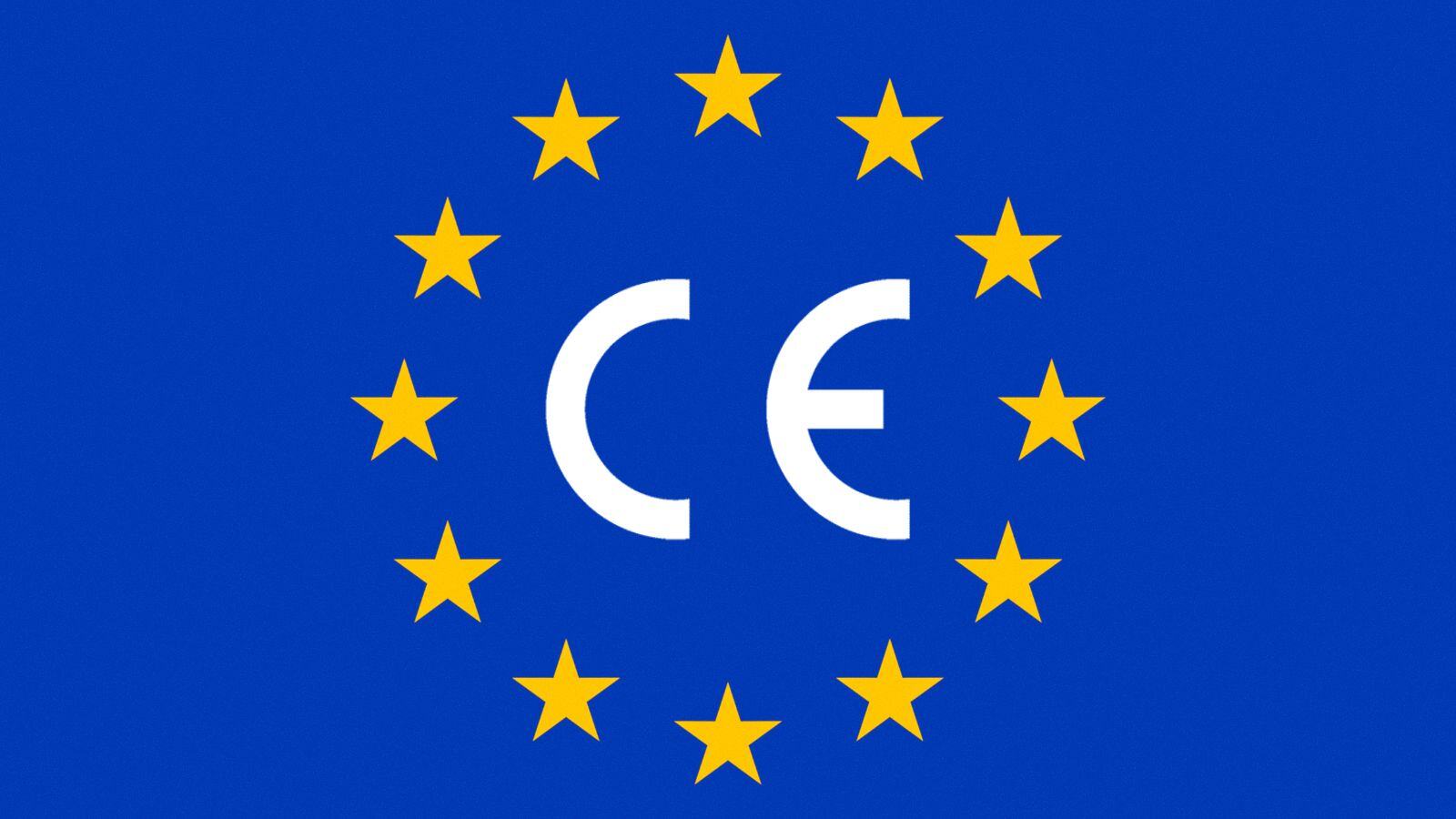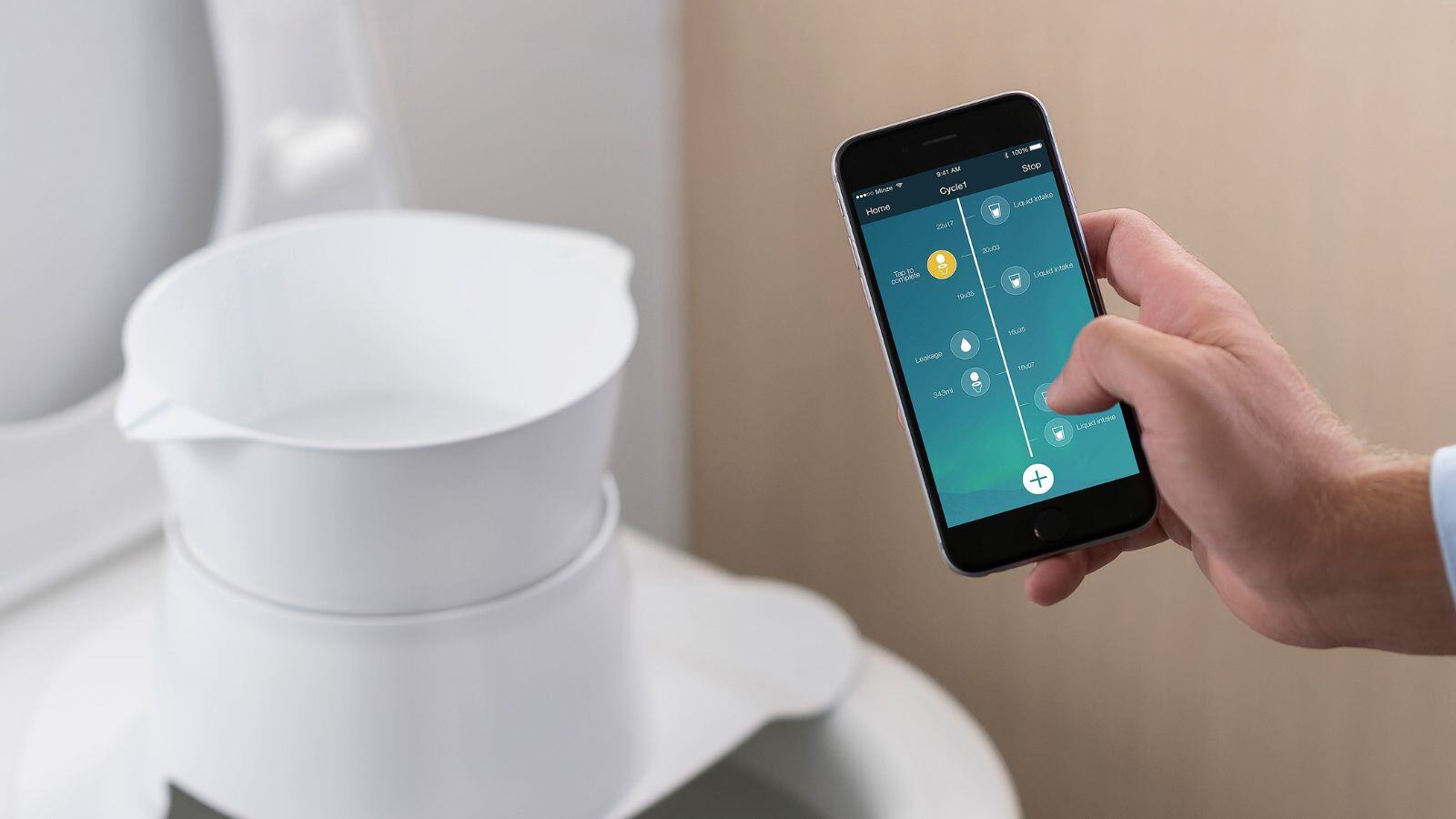A comprehensive, objective, and thorough systematic literature review to describe the general State of the Art and identify all relevant clinical safety, performance, and usability data of the device under evaluation (and/or equivalent device) should comply with strict regulatory guidelines as per EU MDR 2017/745 and MEDDEV 2.7/1 Rev. 4.
In this blog post, we would like to share with you the different steps and required documents for the execution of the systematic literature review.
State of the Art Literature Review – Process and Documentation
To plan and document the literature review searches and output, a well-designed and clearly written literature review plan or protocol (LRP) and report (LRR) are key and required for all device classifications, including all new and legacy devices and well-established technology (WET).
These documents are then also part of the technical documentation of a medical device. Both should be dated, version controlled, and signed by the regulatory writer, evaluator (preferably a clinical expert), and manufacturer.
Literature Review Plan
- A rationale for the literature review;
- A description of the device, including the intended purpose, indications, target population, and users;
- The methods for identification, selection, and appraisal of the relevant publications to address the research questions, so the searches can be reproduced, data can be critically appraised, and the results can be verified.
Literature search strategyThe search strategy should be thorough and objective and identify all relevant favorable and unfavorable data related to the intended use, indication(s), target population, and performance of the device under evaluation and should cover:
Different sources of clinical literature are applied. Multiple searches with different focuses, search criteria (with the correct use of Boolean logic), and filters (such as the publication type and date range) are required to obtain the necessary information and data. MEDLINE (Pubmed) is the most commonly used search engine. Alternative databases are also designated such as but not limited to EMBASE, COCHRANE and Google Scholar. For current practice guidelines in the respective medical field, more specific databases such as TRIP and UpToDate can be of interest. Justification for the selection of the respective databases should be provided. To formulate the research questions to be answered by the literature review, unbiased, systematic, search methods should be used. A PICO-based search strategy is a generally accepted, evidence-based method. After the generation of relevant keywords, the search string for the different searches has to be built. A rationale for the application of any in- and exclusion criteria, limits, and filters should be described in the plan. |
Screening and selection processThen the search output should be documented and tracked. A stepwise selection process should be applied. Selection of relevant literature should be objective and justification for exclusion of records properly documented. Clinical safety, performance and usability data extracted from publications are subject to analysis and appraisal. According to Annex XIV of the EU MDR 2017/745 and MEDDEV 2.7/1 Rev. 4, all clinical data relevant to the device under evaluation should be appraised by evaluating their suitability for establishing the safety and performance of the device. |
Literature Review Report
The output of the literature search and review is described and summarized in the literature review report (LRR). The body of the LRR consists of a description of the state of the art on the one hand and a systematic analysis of published clinical safety, performance, and usability data pertaining to the device and similar devices on the other hand. All data sets should be documented, adequately analyzed, appraised, summarised, and referenced in the LRR.
General SOTA
MEDDEV 2.7/1 rev. 4 appendix A9 provides guidance on the content of the SOTA section, i.e., the clinical background of the device under evaluation, the medical field(s) in which the device is being used, and the target population. Different alternative treatment options and similar competitor devices with (dis)advantages of each alternative should be discussed.
Under EU MDR 2017/745, increased scrutiny of alternative treatment methods for the same indication(s) is perceived. The benefits and risks of the device under evaluation and of similar benchmark devices and/or alternative treatments described in the literature should be detailed. This section also presents clinical practice guidelines and recommendations on the use of the device for the intended medical purpose. Finally, the general SOTA outlines unmet medical needs and the types of users of the device.
Clinical data on similar devices/alternative treatments
One of the objectives of the systematic literature review is to obtain the safety and performance acceptability criteria for the device under study. To this end, similar devices should be identified and listed upfront in the literature review plan at best, and data of similar competitor devices on the market should be extracted, analyzed and summarized in the literature review report.
In case no similar competitor devices are on the market or insufficient safety and performance data of competitor devices is publicly available, data of alternative SOTA treatments, preferentially devices, can be extracted for comparison to the device under evaluation in the clinical evaluation process. Alternative devices can for example concern devices with the same intended use, but different indication, patient population or mode of action.
Clinical data on device under evaluation/equivalent device
Last but not least, a search to retrieve safety, performance, and usability data of the device under evaluation (and equivalent device, if applicable) that is not generated by the manufacturer, should be set up.
A search for clinical literature related to the device under evaluation is typically done post-CE as part of the PMCF data collection in the CER. Obviously, to obtain these data, a separate search string containing the device trade name and manufacturer is compiled. Data extraction, appraisal, and analysis are performed in the same way as for similar competitor devices/alternative treatments.
Conclusion of the literature review
The literature review should draw firm conclusions with regard to the safety and performance of the device under evaluation and discuss this outcome in relation to similar benchmark devices or alternative treatment options.
Identify any gaps in the evidence to confirm compliance with GSPR under the normal conditions of the intended use of the device. Evaluate if the clinical literature supports the intended purpose as stated in the IFU and any benefit and clinical performance claims made for the device under evaluation.
How can we assist in consolidated State of the Art literature reviews?
The SOTA literature review, as part of the clinical evaluation process, is a time-consuming complex process that requires specific reading, writing, and strong analytical skills.
At QbD Clinical, we provide knowledge-based expertise to help you set out the clinical strategy and plan and document the clinical evaluation process throughout the journey of your medical device – from start to finish.
To speed up the preparation of the required documentation and ensure high quality deliverables, a team of regulatory affairs specialists, literature review experts, medical writers, medical advisors and project managers work closely together.
Take advantage of the multi-disciplinary expertise of QbD Clinical to speed up and deliver an MDR compliant SOTA literature review and clinical evaluation in an efficient way.
Our services at a glance:
- Gap analysis of SOTA literature review and clinical evaluation documents
- Systematic literature reviews – literature review plan and report
- Regulatory Medical Writing – CEP, CER, PMS plan and report, PMCF plan and report, PSUR
- Clinical medical writing – CIP and CIR
- Advise in clinical strategy
- Operational management of pre-and post-market clinical investigations and PMCF surveys







.png?width=109&height=108&name=Pharma%20(2).png)
.png?width=111&height=108&name=Medical%20Devices%20(2).png)
.png?width=84&height=107&name=IVD%20(2).png)












.jpg)



